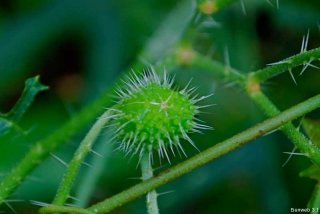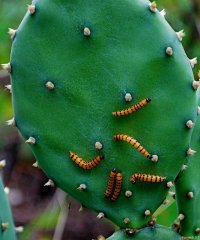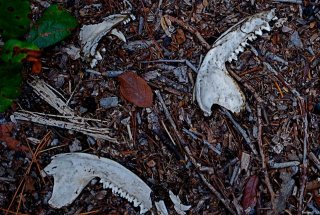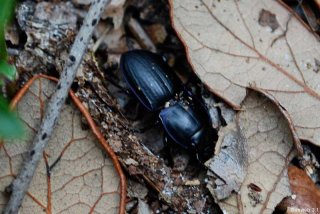We were pretty tired after our early morning walk on Monday. By early morning, I mean e-a-r-l-y m-o-r-n-i-n-g. We saw Venus blazing away low in the east, with Jupiter higher away in the southeast. We saw a couple of bats (I wonder what kind they could be? Have to check out our Marks & Marks to see what the candidates are). We heard at least one and probably two nighthawks, and we were back inside long before dawn.
But, as I said, we got tired early, and couldn’t muster up the energy to get to the Memorial Day observance around the corner from our house. To make up for it, though, in the afternoon we took a trip out to Yamato Scrub, just the boys, to see what we could see. Unfortunately, since it was Memorial Day, the parking lot was closed, so we had to go to Plan B: head over to the south side of the site, where the parking is off the road, unpaved, and unmarked, leading one to wonder whether one has the right to park there at all. We decided to chance it, since we wouldn’t be there for long anyway…
It was threatening rain, with thunderclaps audible, but no lightning visible, so we braved the elements for a brief exploration of this very scrubby part of the scrub. Rather than choose the trail that I helped clear last summer, we went to the eastern side, and saw some cool things.
As soon as we got out of the van we heard the calls of Eastern Towhee (one of the few places in Boca Raton where this bird can still be found), and saw a mockingbird or two. Once we hit the trail, one of the first things we saw was a little weedy plant with a small white flower (no pix of that due to camera/user disagreement) that had a very serious attention-getter:
I’m pretty sure the hairy argument above belongs to “Tread-softly” (Cnidoscolus stimulosos), but I’m not convinced; if you know what it is, please let me know. (I’m glad I didn’t try to touch it; my Hammer guide tells me
Contact with the hairs, which inject an irritating substance, will result in immediate, intense stinging, followed by a persistent red rash that may leave the skin discolored for weeks. If left alone, the stinging will dissipate in about a half hour, but scratching makes it worse.
A bit farther on, we saw another prickly character, this time the more familiar prickly pear cactus, Opuntia humifusa, with a few caterpillars of some sort (couldn’t find ’em in my Caterpillars of Eastern North America, or my Florida Butterfly Caterpillars, or my Caterpillars in the Field and Garden, dang it):
[UPDATE: Thanks to the friendly folks at bugguide.net, it looks like these guys are Cactus moth, Cactoblastis cactorum. I feel vindicated in knowing that it’s not in Wagner, the most up-to-date field guide of caterpillars for Eastern North America, probably because it’s an introduced species from South America. Apparently it’s threatening native cacti in the Florida Keys, if you can trust the information in Wikipedia. Looks like it’s already made its way into Palm Beach County. And, as usual, I find that I’ve been scooped by years (decades?) by the good folks at UF/IFAS; check out the fact sheet on this species on their website. Ironically, this moth has been widely introduced around the world to control pestiferous Opuntia cacti; now it’s in our backyard threatening our rare natives!]
Shortly thereafter we came across the remains of a mysterious animal. Perhaps it got a bit too friendly with the prickly plants in the vicinity? Any idea what it could be?
Eric and his dad are learning how to get along in the outdoors. The backpack is great, but some of us get a bit impatient when Dad stops and crouches down to get close-up shots of the local flora and fauna:
I guess beetles aren’t equally attractive to every age group (and yes, to complete the trifecta, I’m still working on this ID as well. I can’t even narrow it down to family: I’m thinking it’s either a stag beetle, without much of a prominent horn, family Lucanidae, or a scarab, family Scarabaeidae, but I have absolutely no clue…).
Or it could be that the backpack is just a bit confining while crouching. Hard to say; I guess I’ll have to get out in the field with the lad and run some more tests!
References
Hammer, Roger L. 2002. Everglades Wildflowers: A Field Guide to Wildflowers of the Historic Everglades, Including Big Cypress, Corkscrew, and Fakahatchee Swamps. Guilford, CT: Globe Pequot.
Proceedings of a workshop on Cactoblastis cactorum in Florida Entomologist.














1 thought on “Monday afternoon at Yamato Scrub”